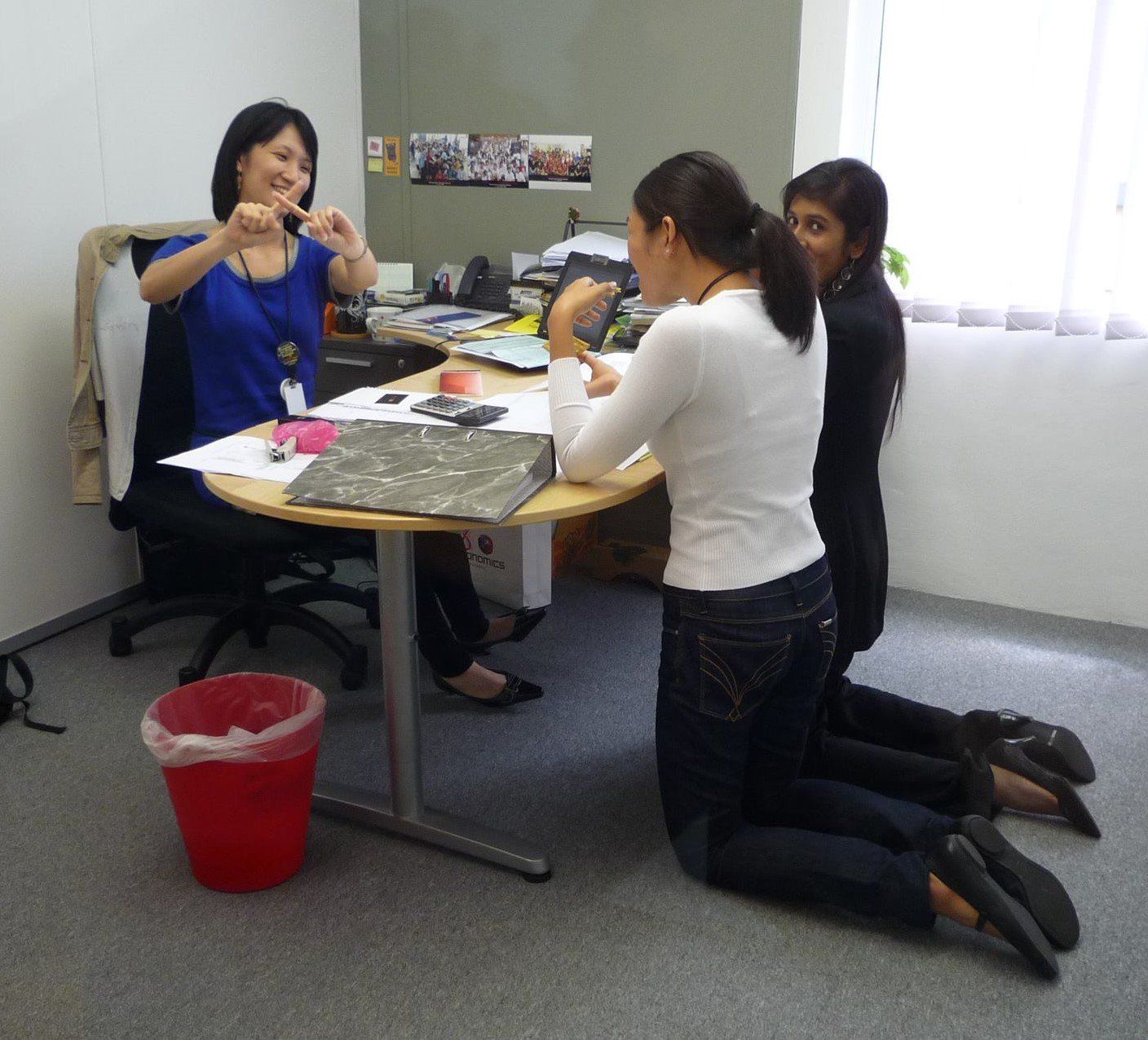Transformation of Body, Mind and Soul of An Organisation

Photo by Brett Jordan on Unsplash
Every organisation on planet earth today is actively engaged in digital transformation. As per BCG more than 85% of companies have undertaken some form of transformation initiatives and 75% of these have failed to the make the desired impact. In another study more than 74% expressed deep frustration on their repeated failures to transform.
To understand the cause and discuss solutions we must first demystify the term “digital transformation”. Digital Transformation are two separate words with contradicting characteristics. Digital is to do with technology, process and products; it is relatively simple and fast to implement. Transformation is to do with people, culture and skills; this can be extremely slow and complex. Therefore, while digital initiatives may succeed, transformation invariably fails. The question is why and what makes transformation so difficult and complex?
Transformation is not the same as change, it has far deeper connotations. A large part of this is related to organisational leadership, it’s history and the multi-decade investment in grooming people to think, conduct and perform in a certain way. This in turn forms the organisations culture and its DNA. Transformation cannot be achieved overlooking, bypassing, or short-changing any of these.
Transformation from within, the body, mind and soul of the organisation is central to the theme of digital transformation. 90% of organisations expect everything around their business, people and process to change without addressing this very core. No doubt, despite best resources, competent leaders, right intent, high end technology and super smart innovation, organisations invariably fail in their business to digital transformation.
For successful implementation of the transformation process, I list down the "Five - First Principles” as an absolute must to introspect and internalize before you embark on this journey. (I neither propose, nor expect an instant, overnight leap into this process. It is neither possible nor recommended. At best, it is a two staged process. At first, a complete understanding and buy-in from the Super “A” team; followed with a multi-step, multi- process, urgent but cautious leap with a definitive timeline).
The Five First Principles (Introspect, Internalize, Initiate)
1. New Bridges to New Destination
Biggest roadblock to transformation is organisations legacy, disincentivizing and discouraging people to think, innovate and act beyond the realms of its sacred walls and conventional wisdom. Undoing this is a multi- level, multi layered task.
Build new bridges, ones that cultivate an environment of constructive dissent, spirit of innovation and entrepreneurship; reward programs and roles that steer teams and individuals as a unified, unidirectional force; celebrate effort with tolerance for failures; imbibe incremental innovation into the “ KRA” process; commit to talent, exhilarate them, train them and treat them as adults.
2. A Masterpiece needs an open Canvass and a Liberated Artist
For teams to win they need a free spirited (level playing) field with multiple enablers to compete, collaborate and succeed with new age business and entrepreneurs. This could mean a reconstruct of the entire value proposition embracing untested, unheard, indigestible principles of business and management. Innovation in technology and product is just the start, it has to be followed with innovation anywhere or everywhere across the value chain, or may I say – a completely new avatar of a value chain. Free spirited talents can excel only with free spirited leaders.
3. “I am The Change” - Leadership Team
Leadership teams have to be empowered, committed and self-driven to front lead and embrace the impact of change. This is a top-down process, it cannot be actioned by change in policies; organisations need to recognize and appreciate, the biggest impact of this change is on the executive leadership themselves, others are programmed to follow. Remember, there has and can never be an internal revolt or an uprising against organisation and its leaders for its regressive methods and policies. Employees do not resist, they either share, if encoruaged, else, ape or exit. They will commit to this change as much and as long as they experience the change in YOU.
Read more:
- How Do You Change Inside Out?
- The Leadership For Digital Transformation
- Why People Are The Key To Successful Digital Transformation
4. CEO as the Chief Transformation Officer
There is only one rightful maestro that can truly orchestrate the transformational process and that person is the CEO. Too much interdepartmental complexity, ego, insecurity and apprehensions are at play for it to be relegated to departments or functional roles.
5. Chairperson as Transformation Torch Bearer
The Chairperson and the board members must be the transformation torch bearers. Peeling the legacy principles and realigning the building blocks of tomorrow are too sensitive, long-term impacting and critical to be relegated to a CEO, alone. The complexities and intricacies are far deeper and unprecedented. The chairperson involvement will go a long way in speeding and owning the process of transformation. This also lends the desired confidence and courage to the CEO to propose and make bold decisions with all hands on the deck kind of board level participation. This could be the real game changer minimizing execution risk and accelerating the process of transformation.
I am sure, many organisations and their leaders are much aware and committed to this process. The challenge is, we address either a part, or none. The changes we adopt in our system and processes are minimalistic and the outcomes we desire are radical. Results therefore are a failure. If you believe you are not ready, or the goal and process are too audacious, which it is, it is advisable to slow down, internalise and take small steps as building blocks. A quantum leap without “all hands on the deck”, without understanding the process, without relating to its complexity and internal dynamics could not just derail, it could set you back by a couple of years.
Next time you think digital transformation think disruptive mindset, a disruptive value proposition, disruptive business thinking, disruptive business leadership team, disrupting organisational dynamics and a disruptive board. There is no quick fix to this. It is the journey where you plan 95% of your time planning, preparing, detailing, getting the right attitude and the right mindset. Remember internal transformation is the embodiment of the soul and a pre-requisite to digital transformation. Everything else is just an intent with failed outcomes.
Editor's Note: This is the third part of the author's 3 part series on leading and winning in disruptive times. Mr. Raj Grover's first article is "Decimation - The New Normal" and the second article is "Reinvention for A Disruptive Era".
Psst: Don't be left behind. Stay relevant, be engaged with your employees, allay their fears of any radical transformation through Happily. Happily is an amazing employee engagement digital tool you can use in your organisation. Watch this video to learn more about Happily.
To find out more about Happily, click here or email info@leaderonomics.com
Business
Tags: Executing Leadership, Growth, Systems & Structures, Transformation & Change, Growth Mindset, Digital





